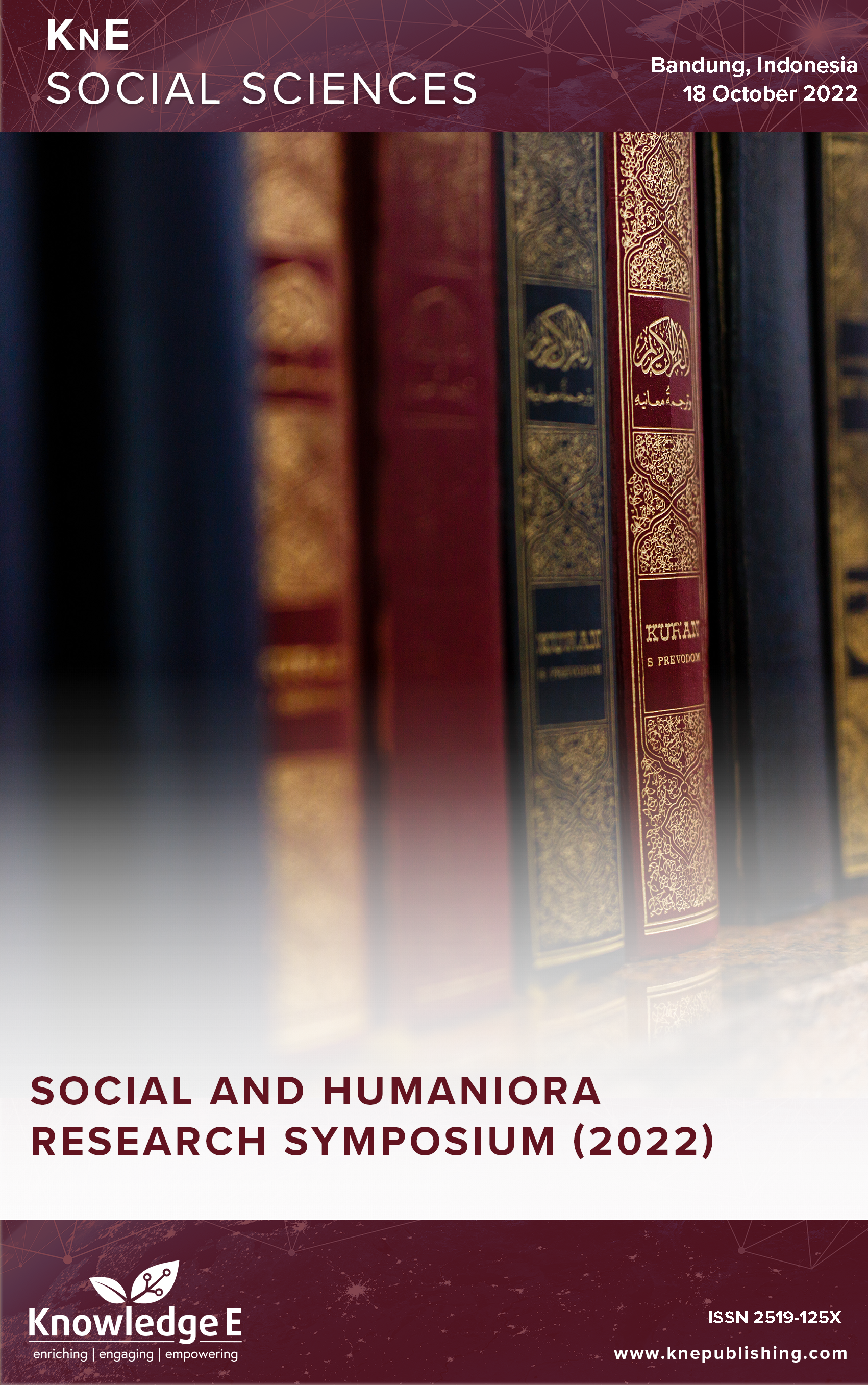Citizens' Preferences Toward Halal Products
DOI:
https://doi.org/10.18502/kss.v8i18.14254Abstract
The purpose of this article is to explore people’s enjoyment of halal products and the various ways in which this pleasure is manifested. The research utilized a quantitative approach employing the Theory of Persuasion and a questionnaire as the data collection technique. The study involved 486 respondents who are residents of Bandung Regency. The findings of the research are as follows:
1. Consumers’ perception that halal products are healthy contributes to their pleasure in using these products.
2. Pleasant experiences with halal products foster loyalty among consumers, encouraging them to remain loyal to the products. A significant majority of citizens, 347 respondents (74.1%), expressed agreement with their fondness for halal products and demonstrated an eagerness to seek further information about them. Additionally, 67 respondents (14.3%) expressed a strong agreement with their preference for halal products.
Keywords: preferences, halal products, da’wah persuasion, ELM-based da’wah
References
[2] BPS. “Populasi Penduduk Kabupaten Bandung,” BPS, 2021. www.bps. kab. bandung.2021
[3] Pemuda Persis Kota Bandung. “Peta Dakwah,” cyber, 2022. https://pdpemudapersisbandung.wordpress.com/peta-dakwah/
[4] LPPOM MUI. “LPPOM MUI Perkuat Literasi Kader Dakwah Halal,” Republika (newpaper). 2022:2 [Online]. Available: https://www.google.com/search?q=peta kabupaten bandung&tbm
[5] Ma’arif BS. Komunikasi Dakwah Paradigma untuk Aksi. Bandung: Simbiosa Rekatama Media; 2010.
[6] Applbaum WE, Ronald L. Anatol, Karl. Strategies for persuasive communication. Columbus (Ohio): Charles E. Merrill Publishing Company; 1974.
[7] Simons HW. Persuasion Understanding, Practice, and Analysis. New York: Random House; 1976.
[8] Levine R. The Power of Persuasion, 1st ed. Hobooken: John Wiley and Sons Ltd, 2003.
[9] Heath J, Robert L. Bryant, human communication theory and research concepts, contexts, and challenges, second. Mahwah (New Jersey): Lawrence Earlbaum Associates; 2000.
[10] Ma’arif BS. Riset Komunikasi Dakwah, Pertama. Bandung: Nuansa Cendekia, 2022. [Online]. Available: www.nuansa.co
[11] Taylor DO, Shelley E. Peplau, Letitia Anee; & Sears, Social Psychology. 2nd ed. Upper Saddle River (New Jersey): Prentice-Hall; 1997.
[12] Kitchen PJ, Kerr G, Schultz DE, Mccoll R, Pals H. The elaboration likelihood model: Review, critique and research agenda Article information: For Authors. European Journal of Marketing. 2014;48(11):2033–2050.
[13] Bivins T. Mixed Media Moral Distinctions in Advertising, Public Relation and Journalism, Second. Madison Ave New York: Routledge, 2009. https://doi.org/10.4324/9780203874882.
[14] Jowett V, Garth S. O’Donnel, Propaganda & Persuasion. Los Angeles: Sage Publication; 2015.
[15] Areni CS, Lutz RJ. The role of argument quality in the elaboration likelihood model. [Online] Advances in Consumer Research. 1988;15(1):197–203.
[16] Dillard M. James Price, Pfau. The persuasion handbook developments in theory and practice. Thousand Oaks: Sage Publication; 2002.
[17] Durmaz CSG, Suher HK, Bir. “Elaboration Likelihood Model (ELM) In press advertisements: A content analysis of advertisements which is positioned in special and general interest magazines.” J. Yasar Univ Journal of Yaşar University. 2016;11(1):45–55.
[18] K, J Mihyun. The social impact of advertising: How commercial weight loss program advertising promotes thinness ideology. Volume 102. New Media and Mass Communication; 2022.
[19] Assael H. Consumer behavior and marketing action, 3 rd editi. Belmont California: PWS Kent Publishing Company, 1987.
[20] Shimp TA. Advertising, promotion and supplemental aspects of integrated marketing communication., Sixth edit. Australia: Thomson, 2003.

